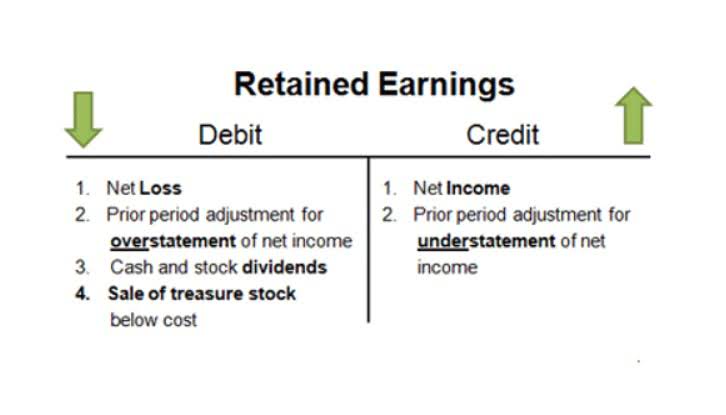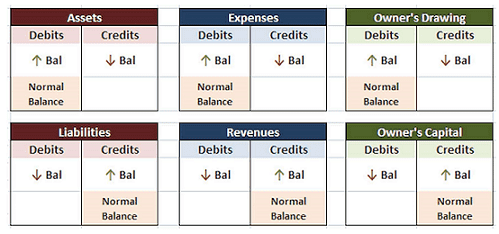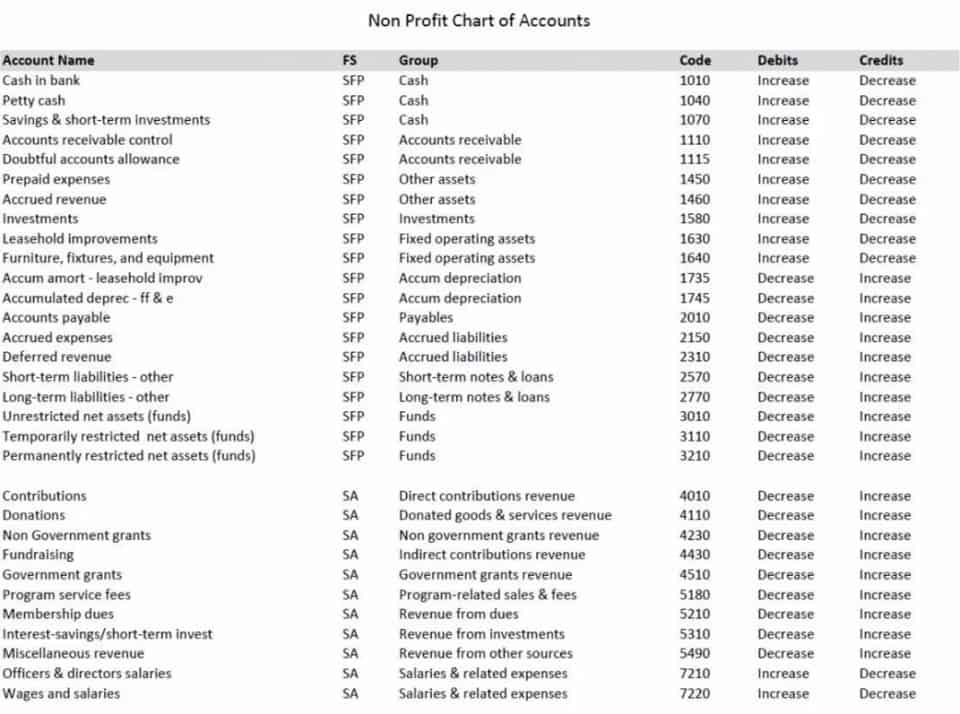
In other words, the company’s income is ten times greater than its annual interest expense, so it should be able to afford the additional interest expense on a new loan. Of course, a bank or investor will consider other factors, but it shouldn’t have a problem extending a loan to the company with a TIE of 10. The ratio indicates how many times a company could pay the interest with its the times interest earned ratio provides an indication of before tax income, so obviously the larger ratios are considered more favorable than smaller ratios. Interest expense and income taxes are often reported separately from the normal operating expenses for solvency analysis purposes. This also makes it easier to find the earnings before interest and taxes or EBIT.
- The TIE ratio’s primary purpose is to help measure the likelihood of a company defaulting on a new loan.
- Industries with high capital expenditures, often reliant on debt financing, find this metric particularly relevant.
- Long-term loans with fixed interest rates may stabilize the TIE ratio, while variable-rate loans could introduce volatility, especially in fluctuating interest rate environments.
- The ideal TIE Ratio can significantly vary by industry due to differences in operating margins and capital structures.
- By leveraging the TIE ratio and other financial ratios, stakeholders can make more informed decisions, ultimately contributing to the financial stability and success of the companies they evaluate.
How is the times interest earned ratio calculated?

Interest expense represents any debt payments that the company’s required to make to creditors during this same period. A high TIE Ratio suggests a low risk of default, making a company an attractive lending prospect. It indicates a company’s earnings might not suffice to cover interest expenses, hinting at potential financial struggles or even bankruptcy.

Company
- By analyzing these ratios, investors, creditors, and management can gain a clearer understanding of a company’s operational efficiency, profitability, and risk level.
- EBITDA provides a more comprehensive measure of a company’s operational profitability.
- This article will teach you everything you need to know about the times interest earned ratio, including how to calculate it and the right way to interpret it.
- Conversely, a lower ratio might signal financial distress, pointing to possible challenges in covering debt-related expenses.
- This means that even if a company was to significantly increase its debt, the TIE ratio would not reflect this change in debt-to-equity ratio.
Consider Tech Innovations Corp., a company famed for its cutting-edge tech products. Their EBIT stood at $1 million, with interest expenses at $200,000, resulting in a TIE Ratio of 5. This high ratio played a pivotal role in attracting investors, bolstering the company’s capital for future projects. If the TIE ratio is below 1, it indicates that the company trial balance is not generating sufficient revenue to cover its interest expenses, pointing to potential solvency issues. Conversely, a low TIE ratio might necessitate a reliance on funding with less financial leverage to mitigate the risk of default.
TIE Ratio vs. EBITDA Coverage Ratio

A higher Times Interest Earned Ratio indicates a company is more capable of meeting its interest obligations from its current earnings, implying lower financial risk. In contrast, a lower ratio suggests a company may face difficulties covering interest payments, which could signal higher credit risk. The Current Ratio is a liquidity ratio that measures a company’s ability to pay off its short-term obligations with real estate cash flow its short-term assets. The Debt-to-Equity Ratio is a measure of a company’s financial leverage, indicating the proportion of debt used to finance the company’s assets relative to equity. While the TIE ratio focuses on the company’s ability to cover interest payments, the Debt-to-Equity Ratio provides insights into how much of the company is financed by debt versus shareholder equity. The times interest earned formula is EBIT (earnings before interest and taxes) divided by total interest expense on debts.

- This ratio is a crucial indicator of a company’s financial health and its capacity to sustain debt payments, providing insight into the company’s solvency and overall risk profile.
- By examining these factors, stakeholders can make informed decisions about a company’s financial stability and risk profile.
- The Operating Cash Flow Ratio measures how well a company can pay off its current liabilities with the cash generated from its operations.
- External factors like interest rate changes also influence the ratio, affecting both interest expenses and earnings.
- It focuses solely on a company’s ability to pay interest, neglecting other financial obligations such as principal repayments or operational expenses.
- This also makes it easier to find the earnings before interest and taxes or EBIT.
A higher TIE Ratio indicates strong financial health and the ability to comfortably meet interest obligations. For instance, a ratio of 5 means the company earns five times its interest expenses, suggesting a comfortable buffer. Conversely, a lower ratio may signal challenges in meeting debt commitments, raising concerns for stakeholders. Industries with high capital expenditures, often reliant on debt financing, find this metric particularly relevant. The ratio does not seek to determine how profitable a company is but rather its capability to pay off its debt and remain financially solvent. If a company can no longer make interest payments on its debt, it is most likely not solvent.

TIE Ratio vs. Debt Service Coverage Ratio (DSCR)
Despite its uses, the times interest earned ratio also has its limitations, such as the EBIT not providing an accurate picture as this value does not always reflect the cash generated by the company. For instance, sometimes, sales are made on credit, and it’s possible for a company’s ratio to come out low in the calculation despite excellent cash flows. Let’s say ABC Company has $5 million in 2% debt outstanding and $5 million in common stock. Investors are looking forward to annual dividend payments of 4% plus an increase in the company’s stock price. Therefore, its total annual interest expense will be $500,000 and its EBIT will be $1.5 million. To better understand the TIE ratio, it’s helpful to look at what the TIE ratio means to a business.
